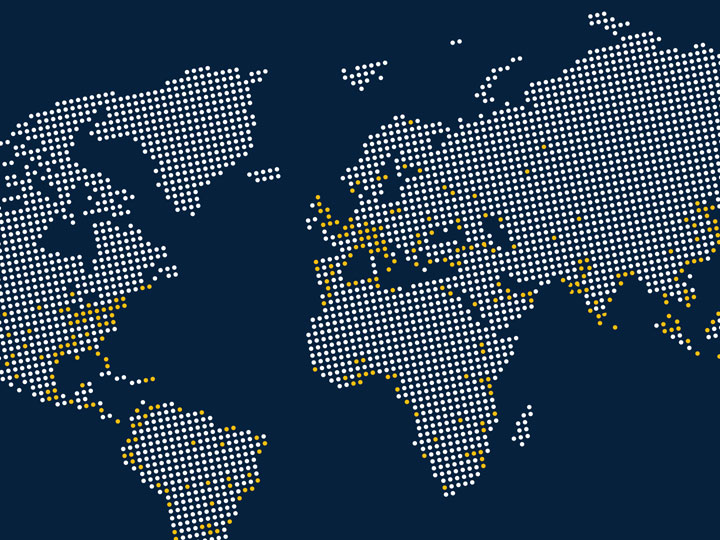Arm yourself with knowledge and get your products on the right path
It is essential to determine which protection method is right for your products. To choose your protection method, identify the intended and potential applications for your product. Understanding the area classification as well as divisions and zones will be key to helping identify the method of protection that is most suited to your needs. For additional technical information, download our Poster, Guide to Equipment Certification Requirements for Hazardous Locations.
The charts below provide an overview of all protection methods according to the Class of the environment as well as the region.
North America
| Gas, Vapor, Mist (Class I) | Dust, Fibers, Flyings (Class II, III) |
| Increased Safety | Dust Ignition Proof |
| Non-Incendive | Dust Protected |
| Non-Sparking | Protection by Enclosure |
| Explosion Proof | Fibers and Flyings Protection |
| Flame Proof | Encapsulation |
| Powder Filled | Pressurization |
| Enclosed Break | Intrinsic Safety |
| Intrinsic Safety | |
| Limited Energy | |
| Pressurization | |
| Restricted Breathing | |
| Encapsulated | |
| Oil Emersion |
Europe (ATEX) and International (IECEx)
| Gas, Vapor, Mist (Class I) | Dust (Class II) | Non-Electrical |
| Optical Radiation | Enclosure | Flow Restricted Enclosure |
| Increased Safety | Intrinsic Safety | Flame Proof Enclosure |
| Non-Sparking | Encapsulation | Constructional Safety |
| Flame Proof | Pressurization | Control of Ignition Source |
| Enclosed Break | Pressurization | |
| Quarts/sand Filled | Liquid Immersion | |
| Intrinsic Safety | ||
| Pressurization | ||
| Sealing/Hermetic Sealing | ||
| Restricted Breathing | ||
| Encapsulated | ||
| Oil Emersion |
For assistance navigating protection methods, find out more about our Preliminary Design Review.
Knowledge Center
Updates to the Canadian Electrical Code (CEC) Section 18
Preliminary Design Review for Hazardous Locations
Guide to Hazardous Location Equipment Marking
Hazardous Locations & Explosive Atmospheres Equipment Certification Requirements Webinar Series
Guide to Equipment Certification Requirements for Hazardous Locations Poster
UAE ECASEx: Unit Verification Webinar
IEC 60079-25 for Intrinsically Safe Electrical Systems: Edition 3
Product Listing & Marking Strategies
8 Ways to Expedite Intrinsically Safe Product Certification Process
For more expert resources, recordings, and presentations, visit our Hazardous Locations Resources Hub.

Events
North America: Year-round CompEx Course Schedule
Intertek Chester UK facility including CompEx course modules and descriptions
Resources
- Client Testimonials
- ETL Mark The Industry's Fastest Certification Program
- Functional Safety Services
- Field Evaluation
- On-site Design Review
- Certification Program for Industrial Control Panels (ICP)
- EMC Testing
